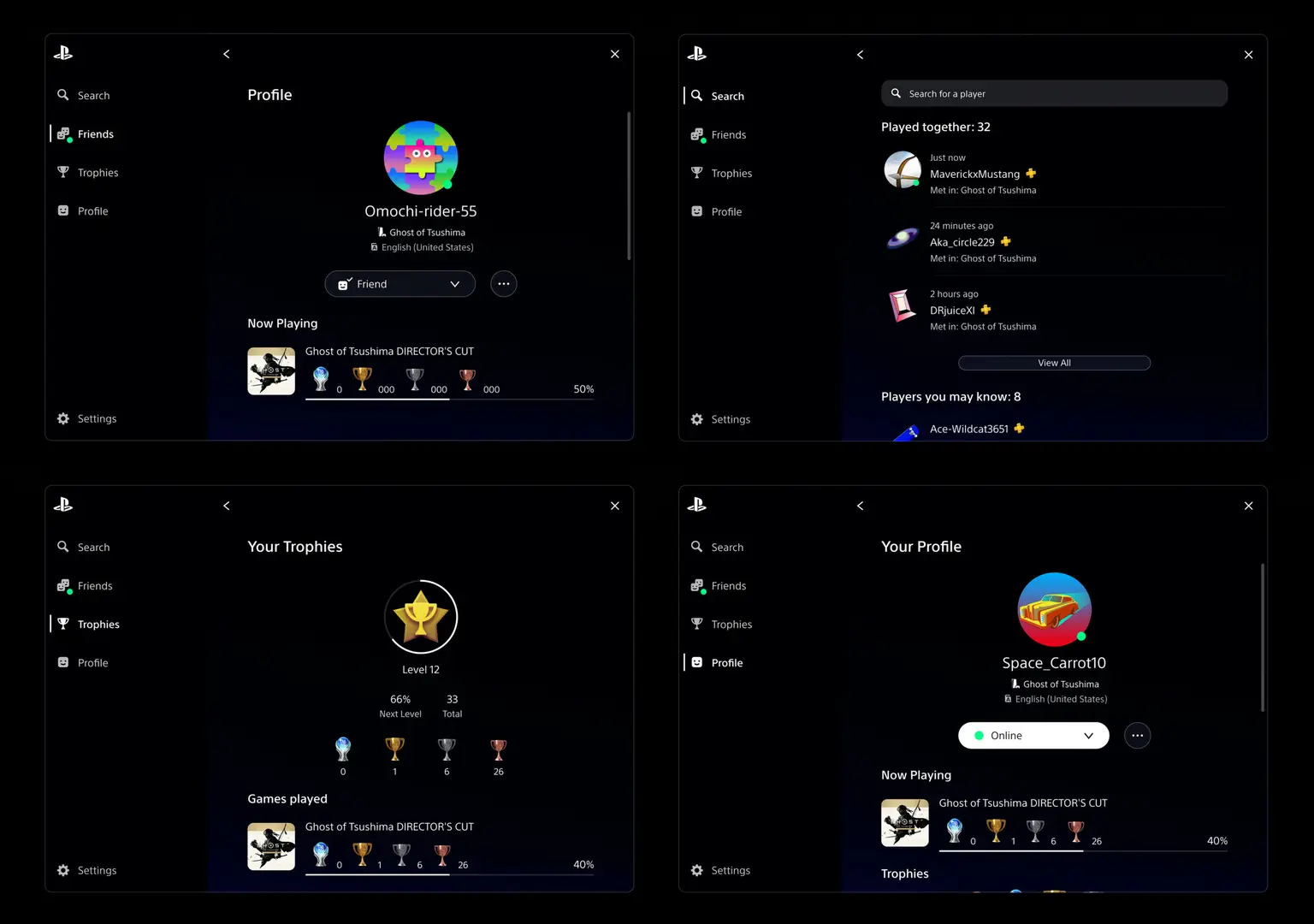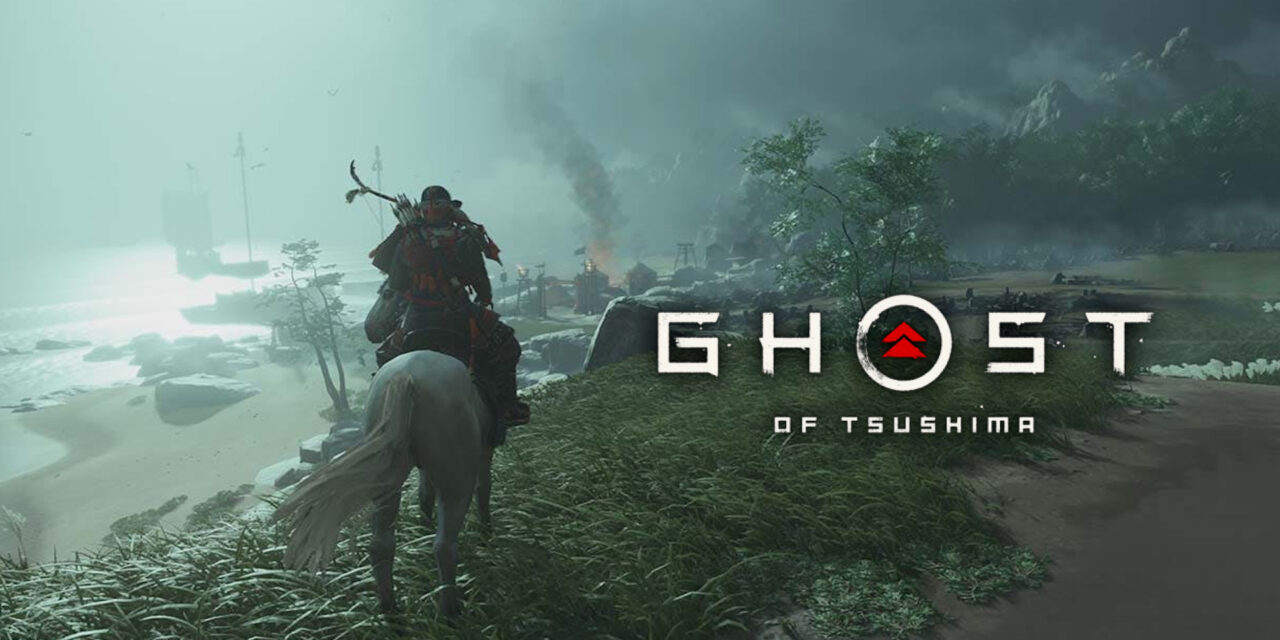Sony’s decision to release their first-party titles on the PC has sparked immense controversy amongst PlayStation loyalists, however it would seem that they’re doubling down on porting their “exclusives” onto the PC platform.
This year alone, PC players have already witnessed a PC release of Horizon Forbidden West, developed by Guerrilla Games with one of the most hailed PlayStation first-party titles, Ghost of Tsushima the next to receive the port treatment.
The PlayStation brand appears to be on a downward trajectory, particularly with the PlayStation 5 having the smallest game library compared to any previous PlayStation home console generation.

Coupled with first-party budgets reaching hundreds of millions of dollars and an underwhelming console nearing the end of its lifecycle, Sony seems compelled to port their games to PC in order to generate revenue from them.
It’s evident that when a console manufacturer ports its first-party titles to PC, those games can no longer be deemed exclusive to that specific console platform. Microsoft holds a significant presence among PC users, many of whom use Windows operating systems.
Consequently, every game they release is a multiplatform title available on both Xbox and PC, with Microsoft now looking to release its games on alternative platforms such as the Nintendo Switch which is the only console that actually has exclusives this generation.

In contrast, Sony has been increasingly turning to PC to offset the high production costs of its games over the past few years and shows no indication of scaling back this strategy.
The recent revelation of Ghost of Tsushima’s system requirements brings a new feature to Sony Interactive Entertainment-published titles on PC. The game will incorporate cross-play mechanics, allowing PC and PlayStation users to engage in cooperative online multiplayer through the Legends mode.
According to an official blog post on the PlayStation website, players will have access to in-game voice chat for communication. To participate, users will need to sign in to their PlayStation Network account to access this mode.
Though I’d imagine it would act much in the same way as utilizing your XBOX Live account when accessing certain Microsoft titles on the PC platform, there’ll be no requirement to pay a monthly subscription to access your own internet on the PC.
The Ghost of Tsushima PC port will introduce the new PlayStation UI overlay, offering players access to features like their friends list, settings, and profile. This move highlights Sony’s commitment to innovation and sales growth on PC, beyond simply releasing their titles on PlayStation consoles alone.

Additionally, the PlayStation UI will include “trophies,” a mechanic synonymous with PlayStation consoles, with both the PlayStation 5 and PC versions of Ghost of Tsushima Director’s Cut sharing a single Trophy list. Notably, the PC version also offers full support for Steam achievements, providing players with flexibility in their UI preferences.
The new overlay feature “is available on Windows PCs and can be accessed from the in-game menu or by pressing the ‘SHIFT +F1’ shortcut on your keyboard for keyboard players.”

Ghost of Tsushima Director’s Cut on PC is fully optimized for ultra-wide monitors, offering support for 21:9, 32:9, and even 48:9 resolutions, as well as triple monitor setups.
Furthermore, at launch, the game will feature support for AMD FSR 3, NVIDIA’s DLSS 3, and Intel’s XeSS, providing enhanced graphical options. Additionally, extensive controller support will be available regardless of manufacturer.
Sony is clearly dedicated to delivering their best PC port yet with Ghost of Tsushima, as evidenced by the inclusion of cross-play functionality and the PlayStation UI. It’s likely that future releases will follow suit, allowing for interconnection and infighting amongst Sony’s most unhinged followers, devastated by their console becoming another useless port box as PC gamers flex their superiority.

Based on the game’s system requirements, it seems quite feasible for a “modern” release. However, it’s worth noting that the original Ghost of Tsushima, released in 2020 for the PlayStation 4, now appears somewhat outdated by today’s standards. Even hardware configurations with modest components, such as an Intel Core i3-7100 and GTX 960, would certainly outperform the PlayStation 4.
Unfortunately, it’s become a common trend for PC releases, whether new or ported, to suffer from poor optimization, often resulting in subpar performance even on high-end hardware. For those aiming to enjoy Ghost of Tsushima on a system with specs akin to a Radeon RX 5600 XT or RTX 2060, running the game at a mixed preset of settings at 1080p and 60 FPS should be achievable.
For players seeking to push the graphical boundaries further, achieving 1440p at high settings and 60 FPS or attempting 4K resolution will require beefier hardware such as NVIDIA’s RTX 3070 or AMD’s RX 6800, paired with a fairly modern 6-core CPU.
In contrast, Horizon Forbidden West appears to boast superior optimization across the board.

Those aiming for maximum graphical fidelity at 4K resolution may find themselves needing hardware upgrades such as NVIDIA’s RTX 4080 or AMD’s Radeon RX 7900 XT.
While Ghost of Tsushima’s PC port may not be flawless, players with systems comprised of components released within the past six years or so should find the game playable and enjoyable. Considering that the game originally ran at 1080p resolution on the base PlayStation 4 console at 30 FPS, even those with mid-range or lower-end modern systems should be able to handle it well.
I’m not particularly thrilled about the PC release of Ghosts of Tsushima, mainly because I’d rather not be subjected to witnessing Jin’s bare ass in 4K resolution every time I need to heal my character at a hot spring.

It’s frustrating to see that in modern gaming, female characters being portrayed as attractive or beautiful is criticized as shameful, vile, and sexist, while subjecting players to a cutscene of a man’s backside every time they need to heal up is viewed as morally righteous and empowering.

It’s truly remarkable to witness Sony embracing the PC platform as a legitimate alternative. With the exorbitant costs of developing their first-party games, they have little choice but to maximize sales wherever possible. Releasing their titles on PC after a certain period not only generates hype and anticipation but also opens up the possibility of double-dip sales, boosting revenue and possibly making a profit.

I advocate for Sony to continue this trend, bringing more of their first-party games to PC in shorter intervals compared to their console releases. This benefits not only Sony, who can capitalize on increased sales, but also the PC audience, who can enjoy these games and relish in the dismay of console loyalists who lose more cherished “exclusives with each passing year.

